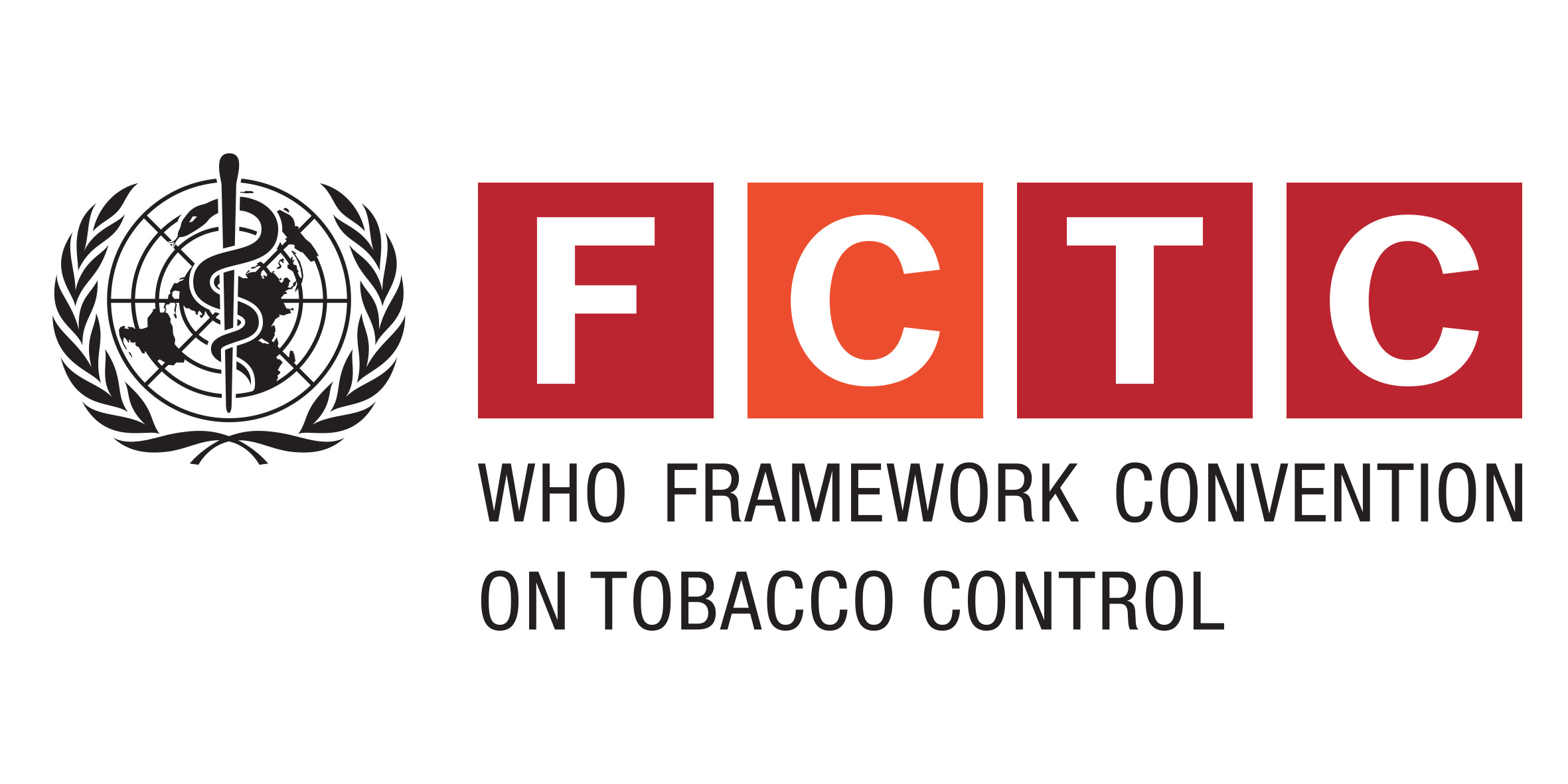Journal Article
Print(0)
Nicotine & tobacco research : official journal of the Society for Research on Nicotine and Tobacco
Nicotine Tob.Res.
Mar
17
3
344
349
LR: 20160519; CI: (c) The Author 2014; GR: 5R01CA169189-02/CA/NCI NIH HHS/United States; GR: CA154254/CA/NCI NIH HHS/United States; GR: R01 CA169189/CA/NCI NIH HHS/United States; GR: U01 CA154254/CA/NCI NIH HHS/United States; JID: 9815751; 0 (Flavoring Ag
England
1469-994X; 1462-2203
PMID: 25173777
eng
Journal Article; Observational Study; Research Support, N.I.H., Extramural; Research Support, Non-U.S. Gov't; IM
10.1093/ntr/ntu167 [doi]
Unknown(0)
25173777
INTRODUCTION: The 2009 Family Smoking Prevention and Tobacco Control Act bans characterizing flavors (e.g., grape, strawberry) in cigarettes, excluding tobacco and menthol, and prohibits companies from using misleading descriptors (e.g., light, low) that imply reduced health risks without submitting scientific data to support the claim and obtaining a marketing authorization from the U.S. Food and Drug Administration. This observational study examines tobacco products offered by Internet cigarette vendors (ICV) pre- and postimplementation of the ban on characterizing flavors in cigarettes and the restriction on misleading descriptors. METHODS: Cross-sectional samples of the 200 most popular ICVs in 2009, 2010, and 2011 were identified. Data were analyzed in 2012 and 2013. RESULTS: In 2011 the odds for selling cigarettes with banned flavors or misleading descriptors were 0.40 times that for selling the products in 2009 (95% confidence interval [CI] = 0.18, 0.88). However, 89% of vendors continued to sell the products, including 95.8% of international vendors. Following the ban on characterizing flavors, ICVs began selling potential alternative products. In 2010, the odds for selling flavored little cigars were 1.71 (95% CI = 1.09, 2.69) times that for selling the product in 2009 and, for clove cigars, were 5.50 (95% CI = 2.36, 12.80) times that for selling the product in 2009. CONCLUSIONS: Noncompliance with the ban on characterizing flavors and restriction on misleading descriptors has been high, especially among international vendors. Many vendors appear to be circumventing the intent of the flavors ban by selling unbanned flavored cigars, in some cases in lieu of flavored cigarettes.
. Published by Oxford University Press on behalf of the Society for Research on Nicotine and Tobacco
Jo,C.L., Williams,R.S., Ribisl,K.M.
Department of Health Behavior, Gillings School of Global Public Health, University of North Carolina at Chapel Hill, Chapel Hill, NC; cjo@email.unc.edu.; Lineberger Comprehensive Cancer Center, University of North Carolina at Chapel Hill, Chapel Hill, NC;
20140830
PMC4837994
http://vp9py7xf3h.search.serialssolutions.com/?charset=utf-8&pmid=25173777
2015

